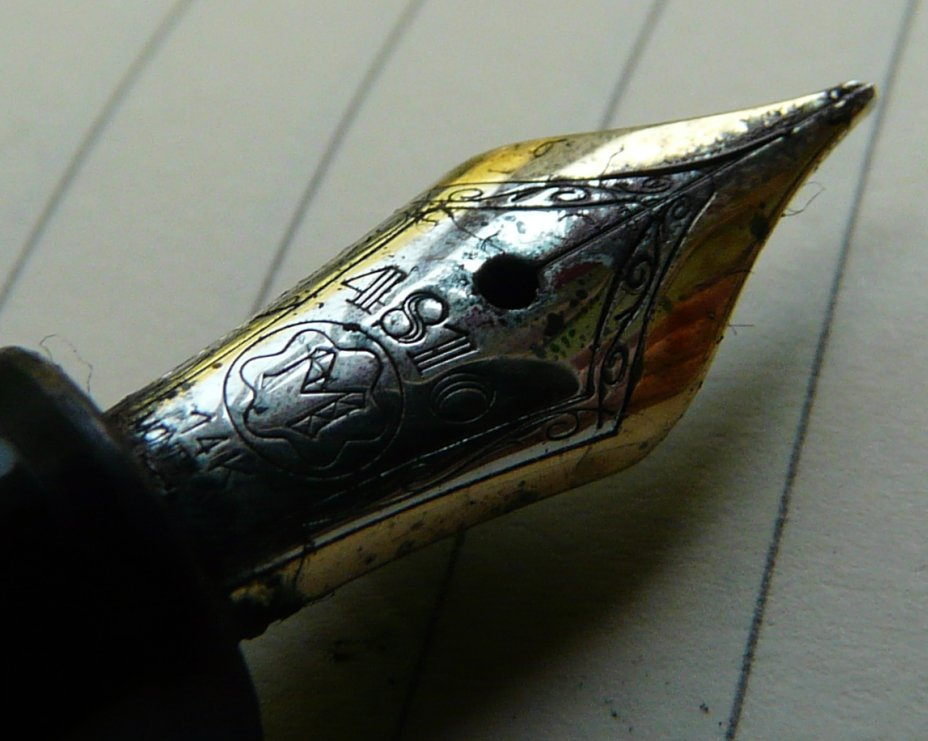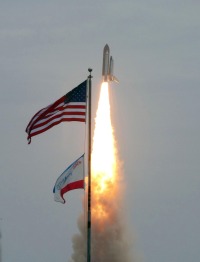
It’s been quite a week. Much has been written about the tragedy of the Boston Marathon and the drama of pursuing the suspects, with great reporting and commentary by fine writers such as Amy Davidson, Emily Bazelon and Megan Garber. Boston College grad Amy Poehler turned her advice vlog post into a reflection that sometimes it’s ok not to follow the media storm; sometimes we have to find the balance between following current events and giving our eyes and hearts a rest.
There is wisdom in that advice. We can choose what we read and watch, our sources and our depth of engagement. But it’s almost impossible not to stumble into this story right now and not be moved by the heroism and the tragedy. I’d like to take a moment and highlight some perhaps lesser known voices who brought their unique perspectives to us:
Last Wednesday, Boston Globe columnist Yvonne Abraham wrote a piece entitled In grieving city, one can’t help but think ‘what if?’ in which she traces the near misses of marathon participants as well as Boston residents and concludes with this:
Terrorism is only effective if we let it freight everyday choices with debilitating significance. And so, the best way for those preserved by luck to honor the deaths and injuries of those whose choices led them to that one cruel spot is to keep living as if there is nothing to fear.
But in a grieving city, a city full of second thoughts, that seems like too much to ask right now.
In later columns, Abraham explores the grief, fear, and civic pride of Boston’s Muslim community, and makes the connection between the victims’ families from Monday’s bombing and a family still quietly grieving for a victim of 9/11. Her work will slide back behind the Globe paywall tomorrow, so check it out now or sign up for subscription to support more great writing.
Today is Sunday, so it seems very appropriate to mention Susan Brooks Thistlewaite, who examined the role of belief and tragedy in her On Faith articles for the Washington Post. She encouraged us to look for the helpers, seek peace with the eyes of a child, and recognize that a state of grace is not triumphant but grateful.
And finally, on a much lighter note, there’s Boston’s own Annie Cardi, who paid tribute to writers from the Boston area in her weekly feature Friday Fifteen. Every week I’m astounded by her book reviews in fifteen words or less. They are concise and witty and marvelous. This week she posted while under municipal lock down. While her reviews aren’t specific to current events, her humor and commitment are a fine example of Boston Strong.
Kudos to Ms. Cardi and all these fine writers. Thank you for your words.

